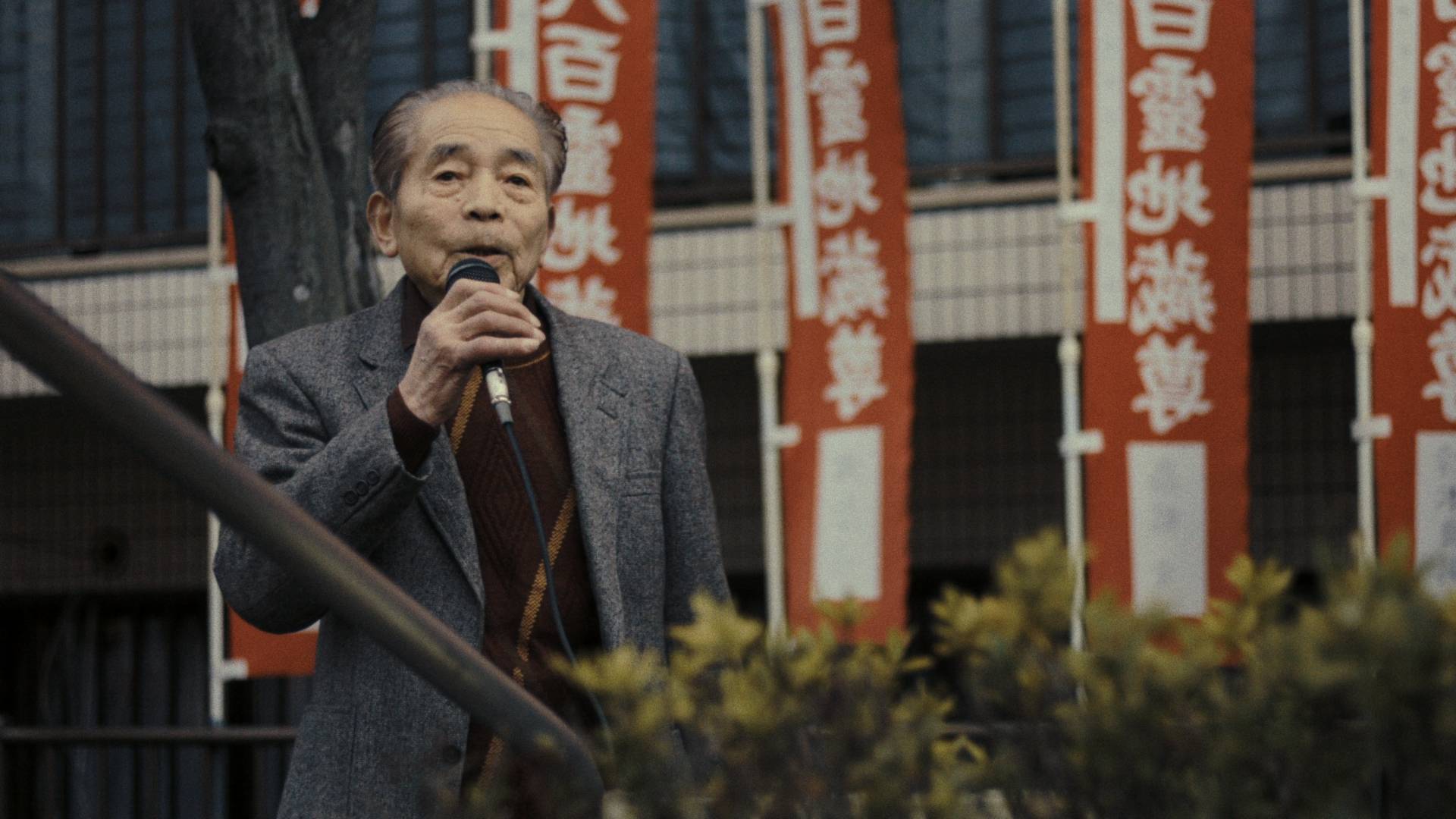Sometimes you think you know a place, only to realize you really don’t know it at all. Australian filmmaker Adrian Francis had lived in Tokyo for several years before he even caught wind of one of the most devastating episodes in the capital’s past.
On the night of March 9, 1945, an armada of U.S. B-29 bombers flew over the city at a low altitude, dropping 1,665 tons of incendiaries. A metropolis built mostly from wood and paper was transformed into an inferno. In the space of a few hours, an estimated 100,000 people died, while over a million were left homeless.
It was a staggering loss of life, yet you’d struggle to find many reminders of the event today. The cremated remains of the air raid’s victims were enshrined at a memorial hall in Yokoamicho Park near Ryogoku, originally built to commemorate the 1923 Great Kanto Earthquake. Nearby stands a small peace monument, unveiled in 2001, but there is no dedicated public memorial similar to the ones for victims of the atomic bombings in Hiroshima and Nagasaki.
















With your current subscription plan you can comment on stories. However, before writing your first comment, please create a display name in the Profile section of your subscriber account page.